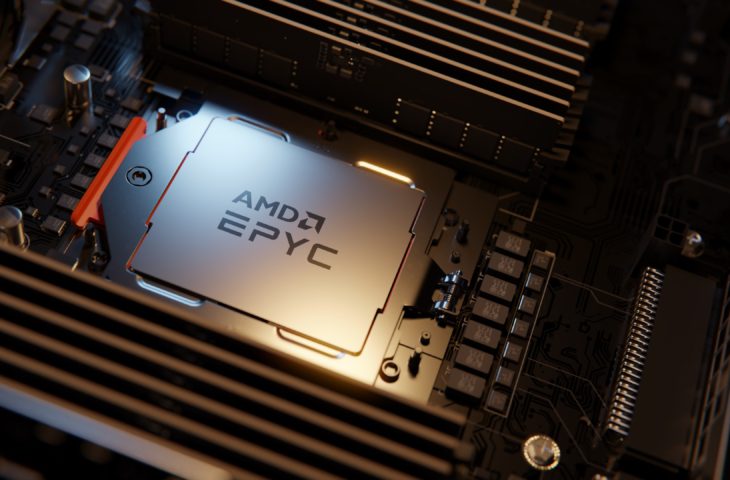“AMD Epyc is faster than Nvidia Grace Superchip”
- July 24, 2024
- 0
AMD claims its Epyc processors are faster than the Nvidia Grace superchip. AMD’s own test results show a significant gap with Nvidia’s data center CPU. AMD is putting
AMD claims its Epyc processors are faster than the Nvidia Grace superchip. AMD’s own test results show a significant gap with Nvidia’s data center CPU. AMD is putting

AMD claims its Epyc processors are faster than the Nvidia Grace superchip. AMD’s own test results show a significant gap with Nvidia’s data center CPU.
AMD is putting the ARM architecture for data center processors to the test by testing its own Epyc processors in various workloads against an ARM challenger. For this purpose, the CPU specialist chooses Nvidia’s Grace CPU superchip. This chip is a variant of the Grace Hopper design that combines CPU and GPU. The CPU superchip has no GPU component and consists of 144 Arm Neoverse V2 cores.
Nvidia is actually positioning the processor as a competitor to classic x86 CPUs. The processor is said to be ideal for workloads such as data analysis, cloud and HPC. Arm’s Neoverse design is also a popular building block for ARM-based server CPUs and also forms the basis for AWS’ Graviton chips, for example.
AMD pits two dual-socket configurations of AMD Epyc 9754 (128 cores) and Epyc 9654 (96 cores) against the Grace CPU superchip (144 cores). The company conducts its own tests using qualitative benchmarks such as SPECpower, but decides for itself which workloads to pit the chips against each other.
AMD’s x86 processors generally perform at least twice as well as the Nvidia Grace CPU superchip on general server workloads. Performance per watt follows this trend: AMD’s processors are not only faster, but also more efficient.
The results show that the x86 architecture is still very relevant today, but they are also somewhat misleading. Nvidia does not build its chips to keep up with classic workloads. The focus is primarily on systems that are used in the analytics and AI context, preferably in combination with GPU accelerators from Nvidia itself. In this context, the AMD comparison says nothing about the performance of the super chip.
Independent vendors like AWS have previously announced that their ARM chips are actually more efficient than x86 for various common workloads. AMD also points to x86’s broader compatibility and the complexity of converting applications to ARM, but that’s not so bad in the right context with cloud-native workloads. The whole story is therefore more nuanced than AMD presents in its blog.
Source: IT Daily
As an experienced journalist and author, Mary has been reporting on the latest news and trends for over 5 years. With a passion for uncovering the stories behind the headlines, Mary has earned a reputation as a trusted voice in the world of journalism. Her writing style is insightful, engaging and thought-provoking, as she takes a deep dive into the most pressing issues of our time.